Glass Sealants
 FREE SHIPPING ON ORDERS OVER $49*
FREE SHIPPING ON ORDERS OVER $49*
*Ground shipments to the continental US.
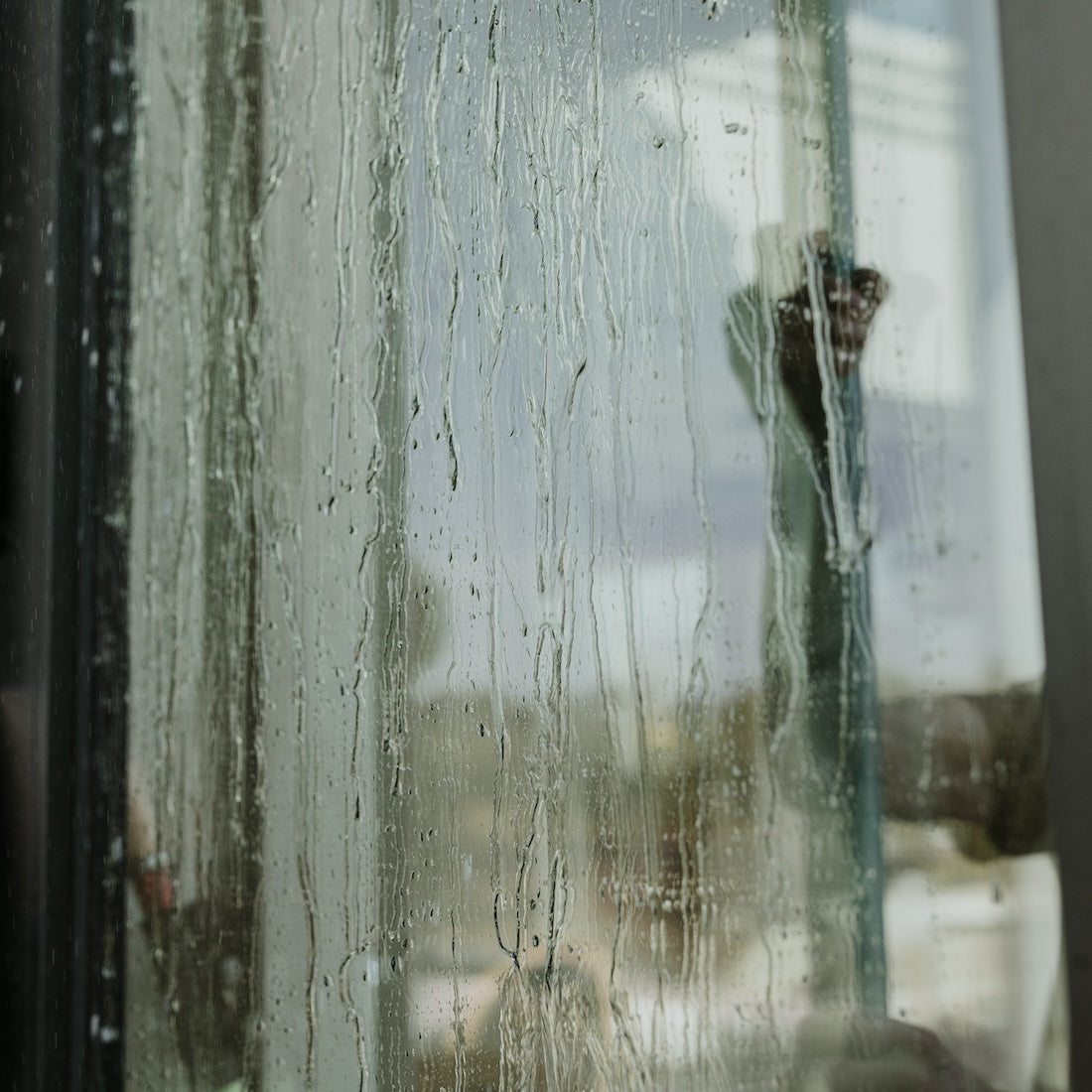
Getting the Most out of Glass Sealants
Ever notice how some glass surfaces just seem to repel water, staying clear and spotless no matter what? That’s not just luck; it’s science, thanks to the wonder of glass sealants! We’ll get into what these wonderful chemicals are, why you’d want to use them, and how to make sure you’re getting the most out of them. You might even want to start selling glass sealant as an add-on service to boost your average ticket value.

What are glass sealants and how do they work?
Imagine you’re wearing a super slick raincoat. No matter how hard it rains, you stay dry underneath. Glass sealants work a lot like that raincoat, but for your glass surfaces. They’re specially designed formulas that you apply to glass to make it repel water, dirt, and other grimey substances. On the microscopic level, glass isn't as smooth as it looks; it’s actually quite porous. Sealants fill in those tiny nooks and crannies, creating a smooth protective layer. This means water just beads up and rolls off, taking dirt and grime with it. It’s like giving your glass an invisible shield.
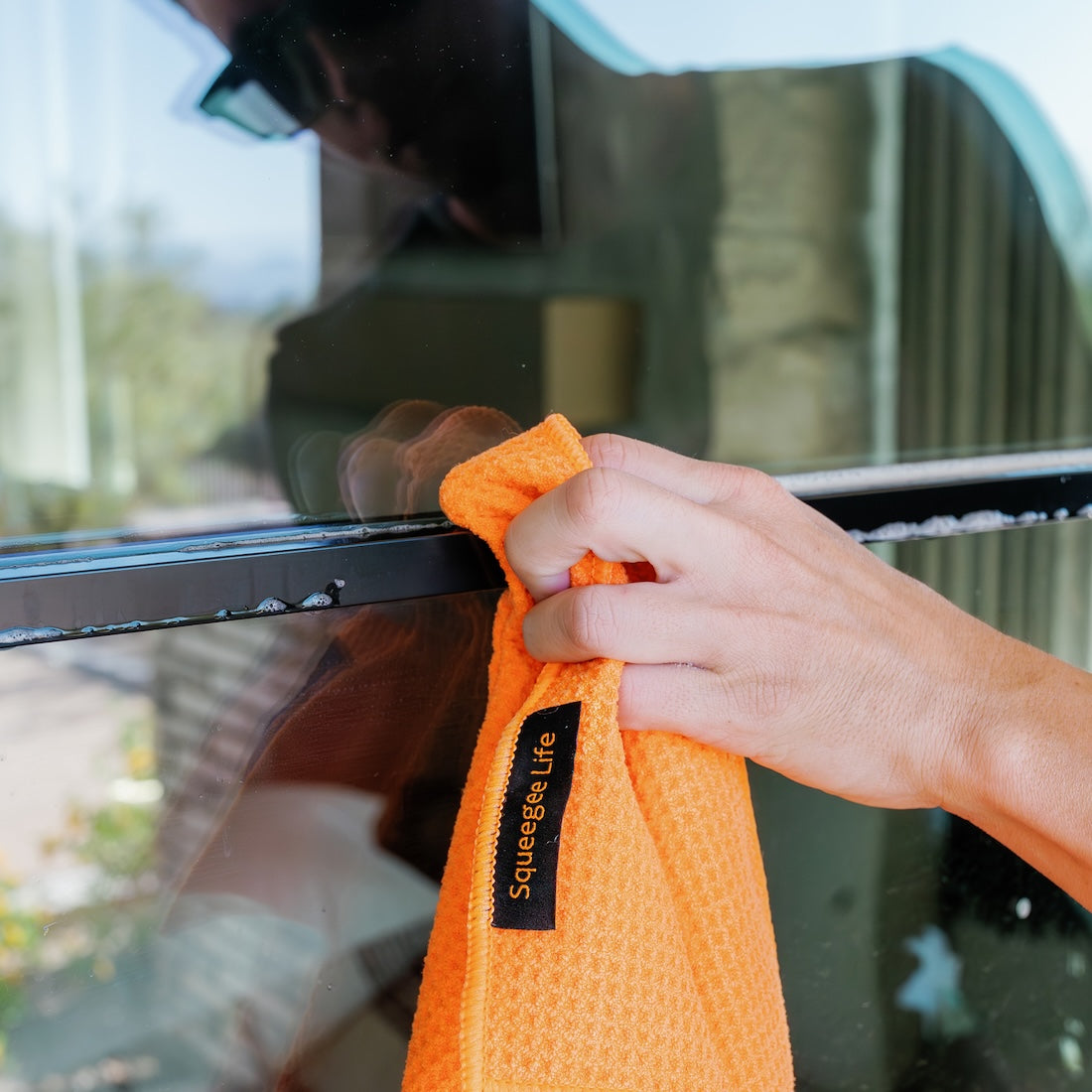
Why should you use glass sealants?
Besides the obvious joy of less cleaning, there are some pretty cool reasons to use glass sealants. First off, they can extend the life of your client’s glass by protecting against scratches, staining, and etching from hard water. For inside the home, it means those pesky water spots on shower doors or windows can take a hike, making everything look tidier and brighter. To make things even better, the advantages of glass sealants will continue to benefit you long after application. Every time you go to perform routine cleaning on treated glass, you'll find there’s very little cleaning to do, speeding up your time on the job! This means glass sealants can be an easy add-on service to implement, as well as a huge time saver.
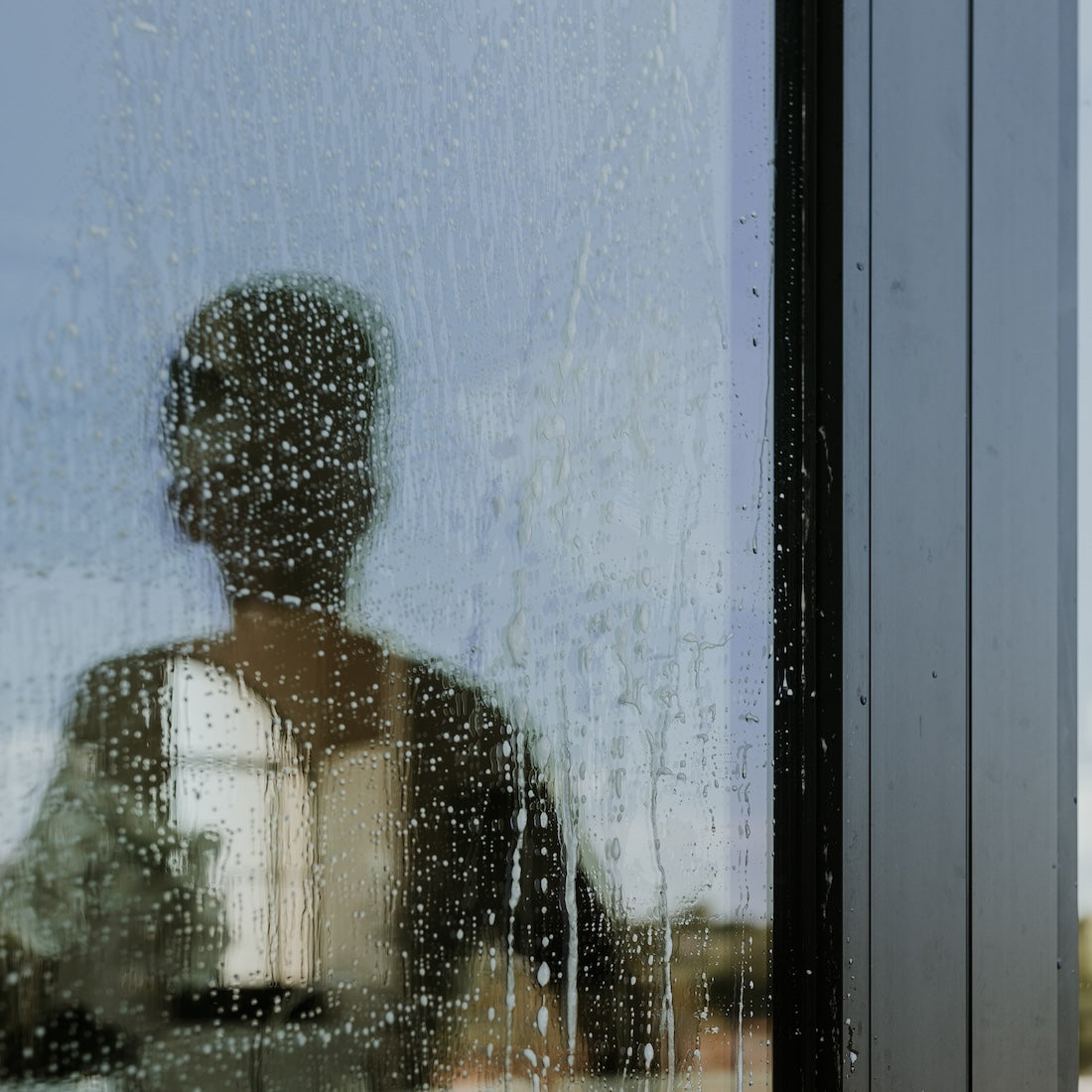
How to apply glass sealants for best results.
Applying glass sealants isn’t rocket science, but there are some tricks to getting it just right in addition to following the manufacturer's instructions:
1. Start with a Clean Slate: Make sure the glass is super clean. Any dirt or residue can mess with the sealant’s ability to bond properly. For this reason, you’ll want to break out a window-safe abrasive like 0000 steel wool as well as your razor blade. This will ensure a perfectly clean surface that the window glass sealant will most effectively bond to. Once the glass is free from all contaminants, you’re clear to apply your window glass sealant.
2. Take It Slow: Apply the sealant according to the product instructions – some might need a cloth, others a sponge, or even a spray. Take your time to read the directions at least once and cover all areas evenly.
3. Buff It Out: After applying, give it a good buff with the appropriate towel (if the product calls for it). This isn’t just for show – it helps ensure even coverage and aids in forming that protective layer we talked about.
4. Cure Time Is Key: Let the sealant cure fully. Rushing this part can damage its integrity, so give it the time it needs to set up shop and start working. Every product is different, so refer to its unique instructions.
Aside from the basics above, you’ll want to keep weather conditions in mind. It’s best not to apply glass sealants in extreme heat, in direct sunlight, in rain, or when it's windy and dust might be blowing around. All products have a unique application process so always check the instructions before getting to work for optimal results.
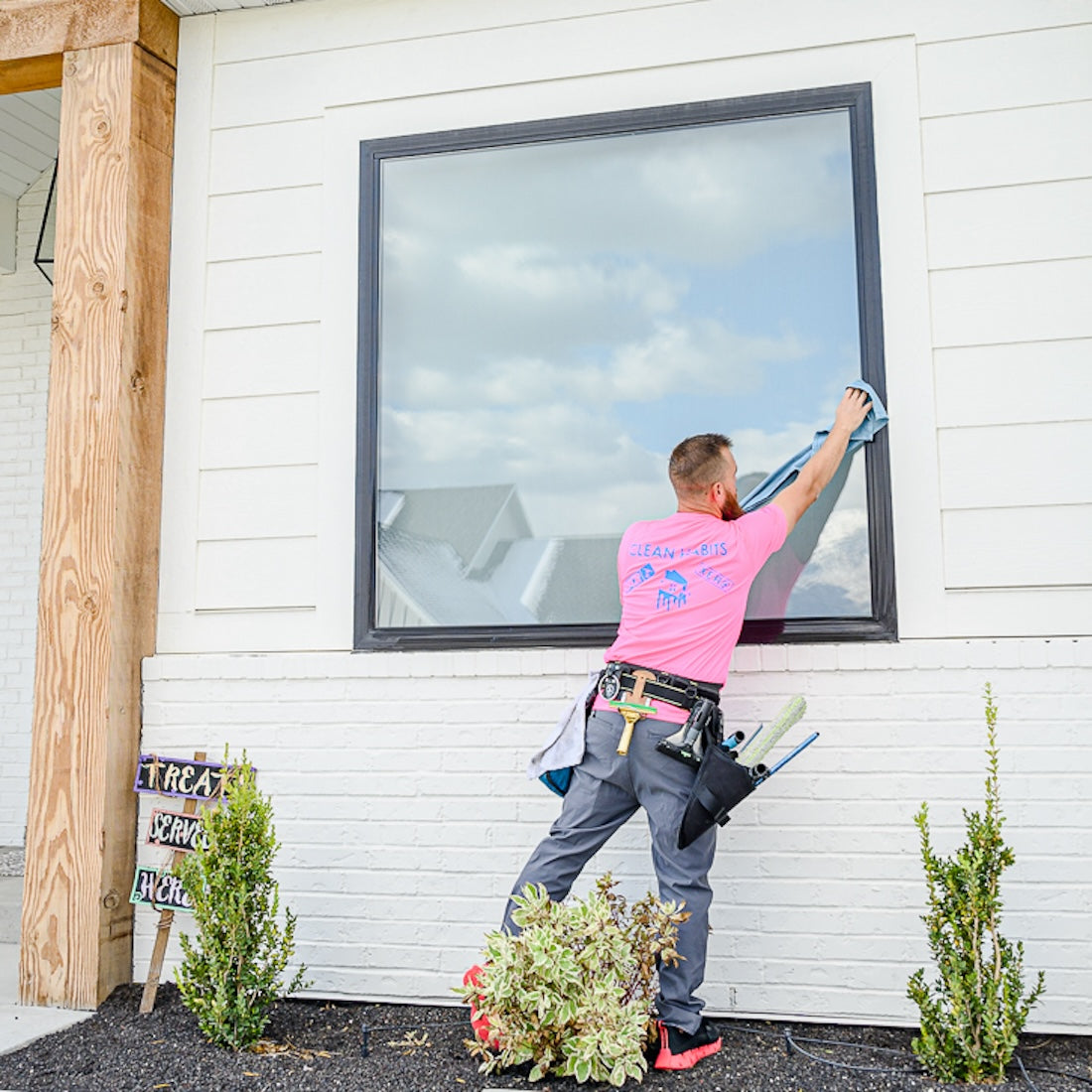
What Type of glass sealants are there?
Not all glass sealants are created equal; you’ve got options depending on what you’re looking for. Although there are a variety of formulas to choose from, they all essentially act as a hydrophobic barrier, easily shedding water and other debris to extend the time your windows stay perfectly clean. Things that will set glass sealants apart from one another is their application process along with the duration of benefits. Think about the length of protection you’d like, as well as, the time you have available to apply the product. For example, Invisible Shield by CleanX can be easily applied, buffed out, and ready to go with just a few steps while a similar product, Invisible Shield Pro, suggests the use of a UV light to maximize curing results. Other window glass sealant kits utilize a multi-step process and the power of nanotechnology to apply a durable protective film to home windows. Formula ingredients will vary between products, but regardless of the type of window glass sealant, many of these professional-grade products are quite versatile and may be applied to other surfaces to repel water, dirt, and many other nasty contaminants.
At the end of the day, whether it's nanotechnology, polymer-based, or silicone-based glass sealants; it’s most important to compare manufacturer-supplied application instructions to find the best product type for you. From glass sealants to applicators, everything you need to successfully and professionally apply glass sealants is right at your fingertips here at WCR.

How often should glass sealant be reapplied?
How often you need to reapply a window glass sealant depends on a few factors – like the type of sealant, where it’s applied, and how much abuse it takes from the elements or daily use. Window glass sealant treatments are a great add-on; something you should aim to upkeep because they make subsequent routine visits much easier to do and when time is money, that’s an excellent advantage to have. A good rule of thumb is to check in on it every six months to a year. Be sure to reference the supplied instructions and suggested duration of effectiveness. But most importantly, regularly check if water stops beading up and starts to spread out flat on the glass, that’s your cue for a touch-up. Once it’s time to refresh your window glass sealant, take note of how long it was effective and under what conditions so you have a better idea of product lifespan in your particular region's weather patterns. You might even find only a few panes need window glass sealant reapplied because they were exposed to the elements significantly more than others. In short, when the hydrophobic effect that should make water easily bead off begins to diminish, consider talking to your client about making time for reapplication. It’s going to make their windows more pleasant for them and make your job much easier in the future.
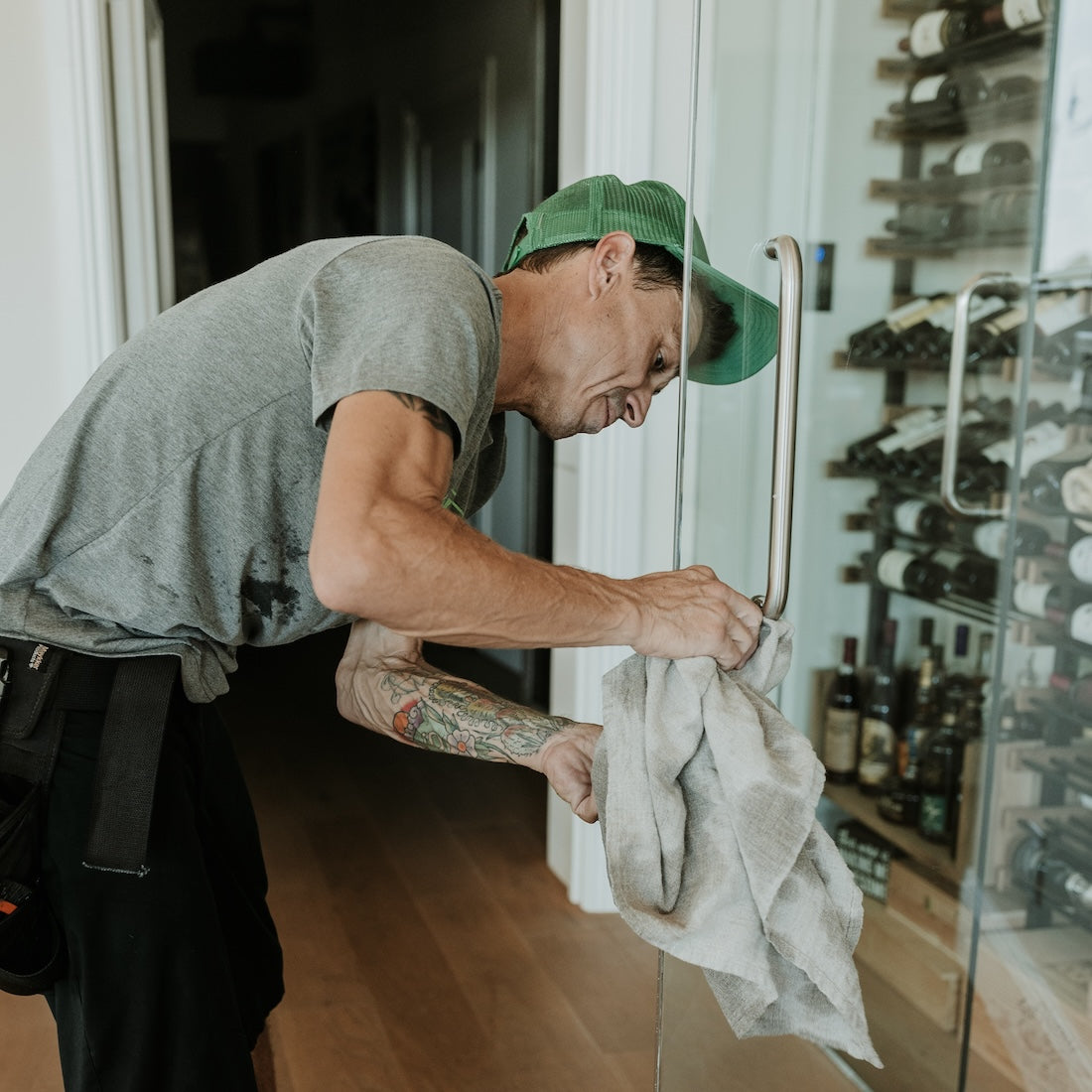
Can glass sealant be used on all types of glass?
While glass sealants are formulated for safe use on glass as well as a variety of other surfaces, it’s wise to check if your chosen sealant is right for the specific type of glass you're dealing with. Most common glass types in homes and vehicles are fair game, but there are exceptions. For example, some treated or tinted glasses might require a specific kind of sealant. When in doubt, a quick check of the product details or a shout-out to the manufacturer can save you from a world of hassle. If you’re still unsure, just test out a little bit of the product in a small inconspicuous area. As they say, it’s always better to be safe than sorry, so testing is always highly encouraged.
Arming yourself with a good window glass sealant means less scrubbing and more time to enjoy the clearer, brighter view it provides. Whether it’s fighting off soap scum in the shower or keeping your windows spotless with minimal effort, glass sealants are you and your window’s best friend. And now that you know the ins and outs, you’re all set to choose the right sealant, apply it like a pro, and keep those glass surfaces looking flawless.
Go ahead and give your client’s glass the treatment it deserves, and bask in the glory of a cleaner, clearer view. After all, it’s not just about seeing through the glass; it’s about seeing the glass at its best day in, and day out.





